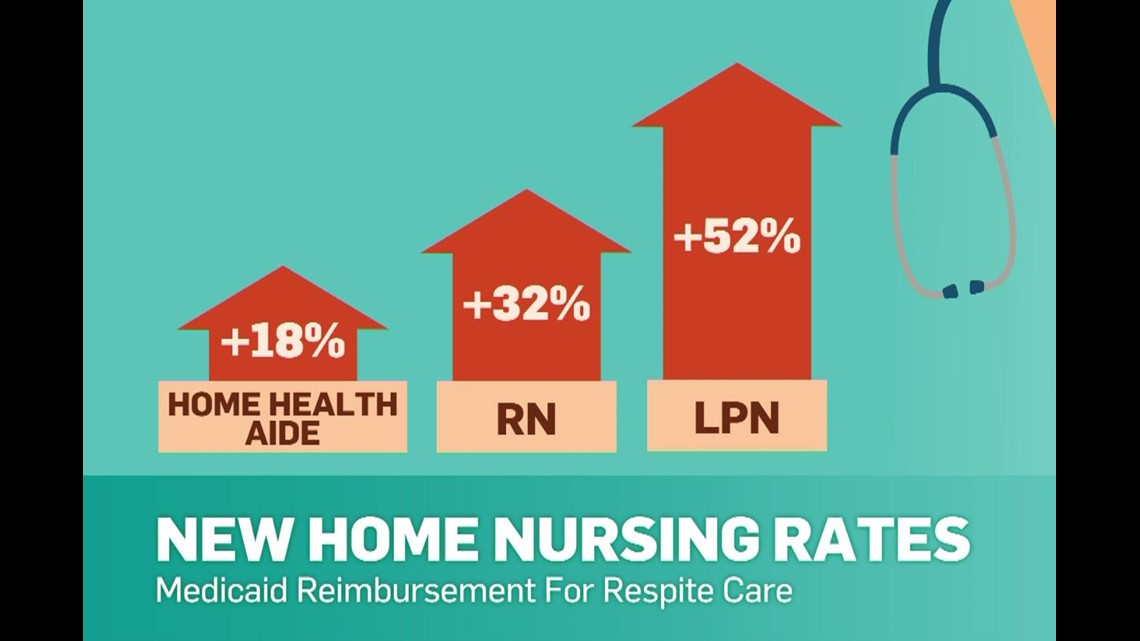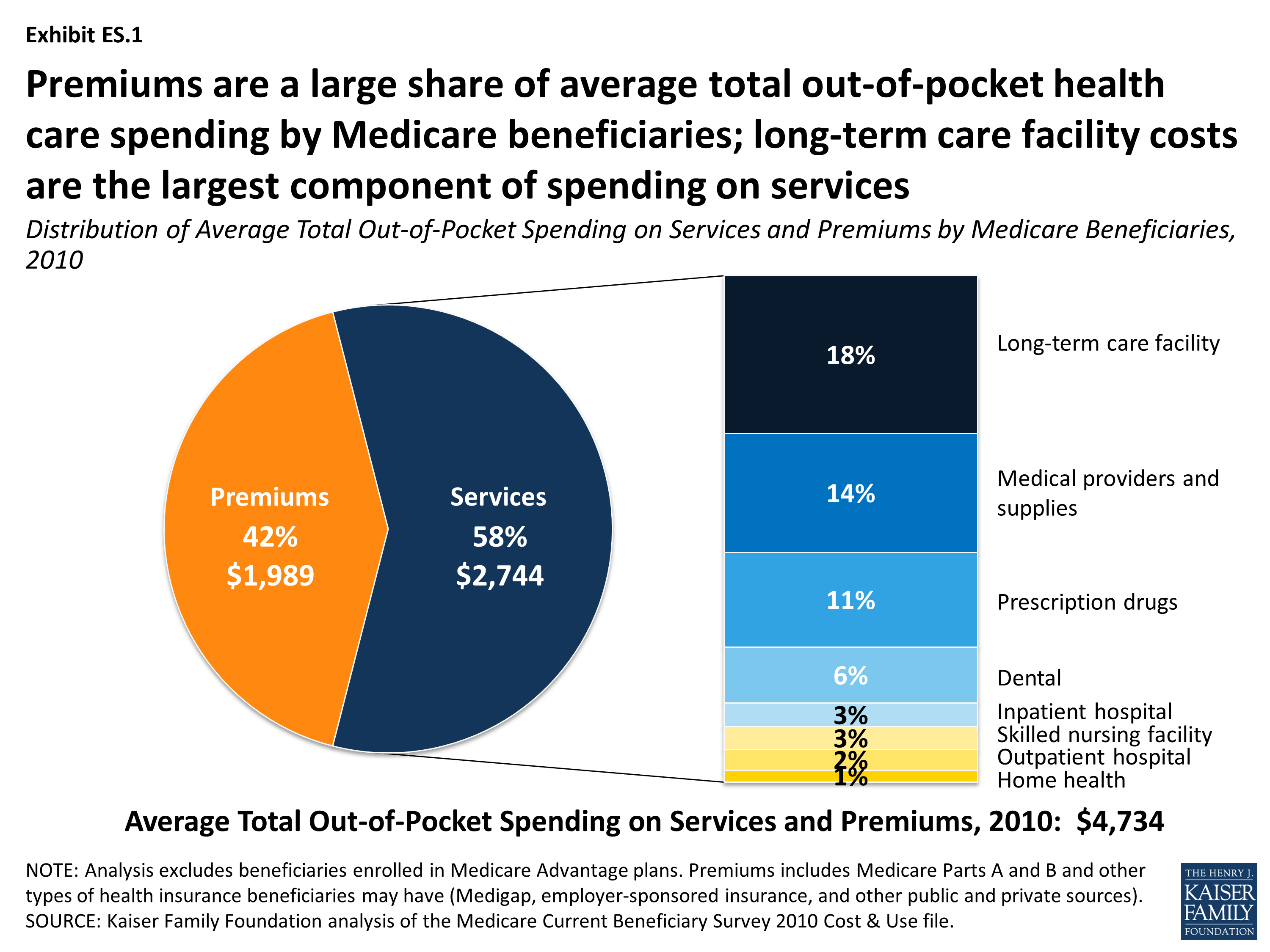2017 premium increases emerged: A personal non-profit web service by Charles Gaba posts a thorough.
tracker of rate filings including projected in general, weighted average rate modifications for the individual market. Kaiser Family Structure has an evaluation of 2017 premium changes and company involvement. It exists with the following statement," in general, 23 percent seems to be the number to take a look at for requested increases in general. "Throughout September and October it depended on state regulators to either authorize or change those demands." Market Premiums after Shopping, Switching, and Premium Tax Credits, 2015-2016. Rates then undergo evaluation before being completed in the fall, prior to the yearly Health Insurance coverage Market Open Enrollment Period (how many countries have universal health care). Neither the proposed nor final rates provided by any private issuer offer a reputable basis for predicting what common Marketplace customers will pay in the following year. Customers 'actual medical insurance premiums. Annual premiums for employer-sponsored household health protection reached $ 18,142 this year, up 3 percent from in 2015, with employees usually paying$ 5,277 towards the cost of their coverage. Summary Complete Report.
Kaiser/HRET study, released 9/2016. 2015 Employer Health Advantages Survey - who is eligible for care within the veterans health administration?. Yearly premiums for employer-sponsored household health protection consist of a modest boost( 4 percent) in the average premiums for both single and family coverage in the past year. Full Report 2014 Employer Health Benefits Study. Yearly premiums for employer-sponsored household health coverage reached$ 16,834 that year, up 3 percent from the previous year, with workers on average paying$ 4,823 towards the expense of their coverage. Summary of Findings.
Complete report. Motorists of Health Insurance Premium Changes for 2017- A concern short produced by the American Academy of Actuaries' Individual and Small Group Markets Committee, "Chauffeurs of 2017 Medical Insurance Premium Modifications." There are both upward and downward pressures on premiums for 2017, but" for the individual and little group markets as an entire, the aspects driving premium boosts control," said Academy Elder Click for more info Health Fellow Cori Uccello. The one-year moratorium of the medical insurance service provider charge will partially offset these boosts. "Motorists of 2016 Medical Insurance Premium Modifications. The Affordable Care Act (ACA )established three premium stabilization programs: the permanent danger adjustment program and the transitional danger passage and reinsurance programs.

They have offered some stability for the first three years of the execution of the Affordable Care Act's private and little group market reforms; the reinsurance program is credited with minimizing market premiums for 2014 by 10 to 14 percent and for 2015 by 6 to 11 percent. Download report- trend-survey-2016. pdf 2015 Segal Health Strategy Cost Pattern Survey-( compare to 2016, above) Download report- 2015trendsurvey.pdf Analysis of 2016 Premium Modifications and Insurance Provider Involvement in the ACA's Health Insurance coverage Marketplaces- report by Kaiser Family Foundation, June 24, 2015 [ Excerpt]. Every year, open registration for health insurance plans takeslocation from November to December. If you do not have a qualifying life event throughout the year, then this is the time to search to guarantee you're paying the best rate for the ideal coverage. If you're wondering how much is medical insurance, here's how the rates have actually altered over the previous couple of years, plus methods you can decrease your month-to-month premium. And according to the Kaiser Family Foundation, open registration for 2019 saw an average month-to-month premium of$ 612 for Healthcare Marketplace prepares that were readily available in 39 states. Compared to prior years, that's just 1.4% less than 2018($ 621), but about 29% more than 2017( $476 ). Open registration for 2019 happened between Nov. 15, 2018. While$ 612 was the national average, it is necessary to think about how monthly premiums change from one state to another. While 39 states use the federal Health care Market, 12 states run their own marketplaces, and information is not constantly reported for every http://titustljd187.lucialpiazzale.com/not-known-details-about-why-doesn-t-our-congress-find-out-how-the-health-care-services-in-other-countries-work single state. Marketplace Average Premiums and Typical Advanced Premium Tax Credit( APTC) Area Average Premium Average Premium After APTC United States$ 612$ 143 Alabama$ 669$ 123 Alaska$ 746$ 174 Arizona$ 596$ 195 Arkansa$ 513$ 173 California$ 582 $168 Colorado$ 710$.
240 Connecticut $625 $264 Delaware$ 842 $202 District of Columbia$ 469 $447 Florida$ 605$ 100 Georgia$ 598$ 127 Hawaii$ 664 $214 Idaho N/A N/A Illinois$ 646 $207 Indiana $491$ 259 Iowa$ 918$ 126 Kansas $661$ 149 Kentucky $595 $196 Louisiana $613 $182 Maine$ 675$ 155 Maryland $552 $191 Massachusetts$ 392$ 204 Michigan $498$ 171 Minnesota$ 455$ 279 Mississippi $641 $76 Missouri$ 645$ 158 Montana$ 670 $174 Nebraska$ 866 $80 Nevada$ 509 $152 New Hampshire $540 $237 New Jersey $511 $235 New Mexico $483 $174 New york city $618 $224 North Carolina $729 $114 North Dakota $502 $165 Ohio $538 $234 Oklahoma $674 $77 Oregon $560 $222 Pennsylvania $654 $193 Rhode Island $443 $174 South Carolina $669 $116 South Dakota $652 $137 Tennessee $659 $141 Texas $544 $118 Utah $459 $82 Vermont $573 $148 Virginia $687 $175 Washington $551 $286 West Virginia $937 $265 Wisconsin $700 $161 Wyoming $960 $125 Employer-sponsored medical insurance strategy costs are trending upwards. The cost of family coverage has increased 22% since 2014. When it pertains to the cost of employer-sponsored medical insurance, you need to consider that your employer might contribute to the expense of your strategy as part of your staff member benefits. While the typical cost of a household strategy is $20,576, the data reveals that staff members are just paying about $6,015 annually, and the employer is paying the rest. You should also make in between 100% and 400% of the Federal Poverty Line( FPL), or certify for Medicare, Medicaid, Children's Health.
10 Simple Techniques For How Much Would Free Health Care Cost

Insurance Program, or other forms of public help. In the 48 adjoining United States( excluding Alaska and Hawaii )the FPL is$ 48,560 for a specific or$ 100,400 for a family of four. If you do not receive an aid, the percentage of your earnings you require to cover your medical insurance expenses increases considerably. Health insurance coverage rates also increase by age. The Kaiser Family Foundation discovered that in 21 %of U.S. counties, people with a$ 50,000 income would pay a different portion for medical insurance since of their age: If they were 27, they would pay about read more 7% of their income for the lowest-cost plan nationallyIf they were 40, they would need to pay more than 10 %of their earnings If they were 60, they would pay 17% of their.
income for the same strategy Now that you understand the average costs of health insurance and how to qualify for an aid, the question you may have is: What is going to make the rate of your medical insurance go up or down? Factors that will impact your expense of medical insurance might include: If you qualify for an aid or notYour ageWhere you liveHow many individuals are covered by the plan (individual vs.